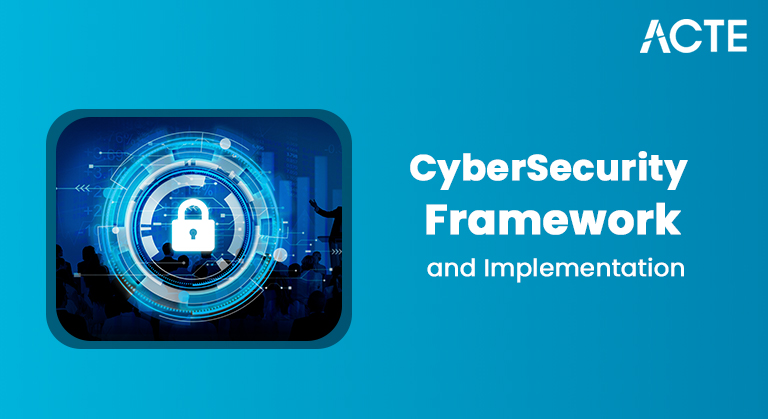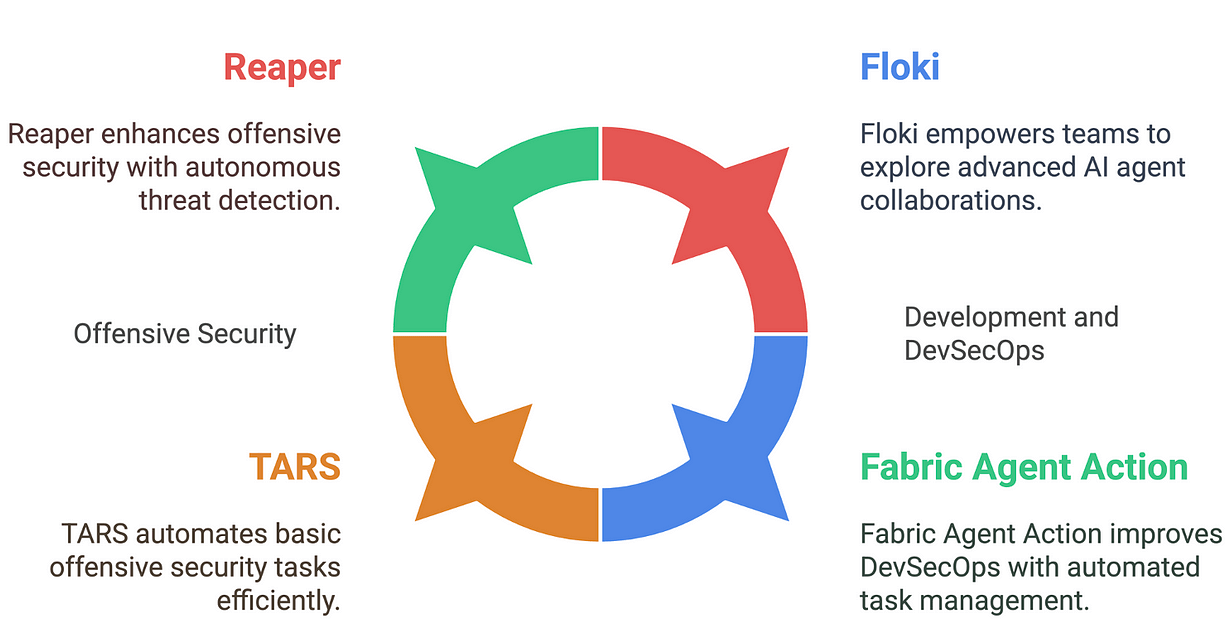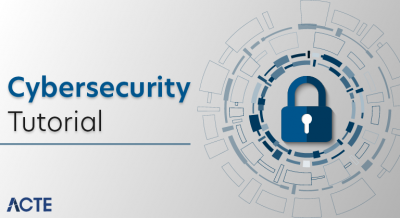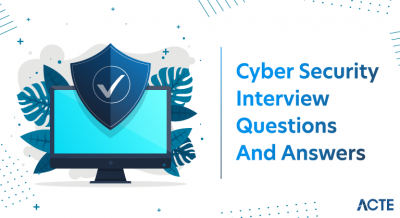
- Definition of Jailbreaking
- Differences Between Jailbreaking and Rooting
- Technical Aspects of Jailbreaking
- Common Jailbreaking Tools and Methods
- Legal and Ethical Considerations
- Risks Involved in Jailbreaking
- Impact on Device Security
- Jailbreaking in iOS vs Android
Definition of Jailbreaking
Jailbreaking refers to the process of removing software restrictions imposed by a device’s operating system, typically in smartphones like iPhones, to allow unauthorized access to the system’s core features and install apps or software not approved by the manufacturer. In the context of Jailbreaking in Cyber Security, this practice poses significant risks, as it bypasses built-in security protocols, making devices more vulnerable to malware, hacking, and data breaches. While jailbreaking can enable advanced customization and expanded functionality, it raises crucial ethical considerations in research, especially when used to test vulnerabilities or develop tools that exploit these unlocked systems. In the context of Cyber Security Training, professionals are often introduced to the concept of jailbreaking to understand both its technical mechanics and the potential risks it poses. This knowledge helps trainees evaluate the fine line between ethical hacking and malicious intent, fostering responsible research practices within the cybersecurity domain. Researchers must tread carefully to ensure that such testing is conducted responsibly, with informed consent and within legal boundaries. There are also broader Ethical Issues In Research related to jailbreaking, including the potential for encouraging piracy, violating user agreements, and undermining digital rights management (DRM). Although some argue that jailbreaking supports user autonomy and innovation, it can easily cross ethical lines when used for malicious purposes or profit-driven exploitation. Therefore, while jailbreaking offers technical possibilities, it must be approached with a clear understanding of its cybersecurity implications and ethical responsibilities in both personal use and academic or commercial research.
Interested in Obtaining Your Cybercrime Certificate? View The Cyber Security Online Training Offered By ACTE Right Now!
Differences Between Jailbreaking and Rooting
- Platform-Specific Use: Jailbreaking is primarily associated with iOS devices like iPhones and iPads, whereas rooting is specific to Android devices. This makes it a central point in the Android vs iOS comparison when discussing device control and restrictions.
- System Access Level: Rooting provides full administrative access (root access) to the Android operating system, allowing users to change core system files. Jailbreaking, on the other hand, grants elevated permissions but often within more limited boundaries. Many Learn Cyber Security Books cover these concepts in detail, helping readers understand the technical distinctions and security implications of both practices.
- Tools and Software: Jailbreaking typically requires specialized jailbreak software, while rooting tools vary by device manufacturer. It’s advisable to use a jailbreak checker to confirm the success or safety status of a jailbreak.
Jailbreaking and rooting are both methods used to gain elevated access to mobile operating systems, but they apply to different platforms and serve slightly different purposes. While jailbreaking typically refers to bypassing the limitations set by Apple’s iOS, rooting is used to unlock Android devices. Both processes offer greater customization but come with potential security risks. Here’s a breakdown of the key differences between jailbreaking and rooting:

- Security Implications: Both processes weaken a device’s security architecture, making it vulnerable to threats. Using security tools like Webroot Antivirus or a Secure Web Gateway can help mitigate risks post-jailbreak or root.
- App Installation Freedom: Jailbreaking allows installation of apps from sources outside the App Store. Rooting similarly enables the use of apps requiring root privileges or those outside Google Play.
- Warranty and Legal Issues: Both methods may void your warranty, and depending on your region, they may violate terms of service or laws, especially if used for unauthorized purposes.
Technical Aspects of Jailbreaking
The technical aspects of jailbreaking involve exploiting vulnerabilities in a device’s operating system to remove manufacturer-imposed restrictions and gain root or administrative access. This process is most commonly associated with iOS devices, where users employ specialized tools to bypass Apple’s built-in security features and install unauthorized applications, tweaks, or extensions. From a Jailbreaking in Cyber Security perspective, this technique exposes the device to significant risks, including malware infections, data leaks, and unauthorized remote access. Concepts like these are also emphasized in Vulnerability Management Explained, where understanding how unauthorized modifications weaken system defenses is key to identifying and mitigating security threats. Technically, jailbreaking may involve kernel patching, code injection, or modifying system binaries, all actions that weaken the integrity of the device’s security framework. While jailbreaking enables users and developers to explore deeper system capabilities, it raises significant Ethical Considerations In Research, especially when used in cybersecurity testing or academic studies. Researchers must navigate these concerns carefully to avoid breaching privacy or legal boundaries. Additionally, there are broader Ethical Issues In Research surrounding jailbreaking, such as promoting software piracy, bypassing digital rights management (DRM), and potentially encouraging unethical hacking practices. Although jailbreaking can be a valuable tool for learning and innovation, its technical application must be balanced with responsibility, ensuring that both legal and ethical standards are upheld to avoid misuse or unintended harm.
To Explore Cybersecurity in Depth, Check Out Our Comprehensive Cyber Security Online Training To Gain Insights From Our Experts!
Common Jailbreaking Tools and Methods
- Checkra1n: Based on the checkm8 bootrom exploit, Checkra1n is a semi-tethered jailbreak tool for iOS devices. It’s widely used because it supports multiple iOS versions and devices, though it requires a computer connection each time the device reboots.
- Unc0ver: This semi-untethered jailbreak tool supports various iOS versions and allows re-jailbreaking from the device itself without needing a PC, making it popular among casual users. In Cyber Security Training, such tools are often examined to understand how they exploit system vulnerabilities, helping trainees recognize potential threats and build more secure mobile environments.
- Taurine: Designed for newer iOS versions, Taurine offers a fast and reliable jailbreak with focus on performance and battery efficiency. It’s developed by the Odyssey Team.
Jailbreaking involves using specific tools and techniques to bypass the restrictions set by device manufacturers, especially on iOS devices. These tools exploit system vulnerabilities to provide root access and allow the installation of unauthorized apps and tweaks. While popular in enthusiast communities, Jailbreaking in Cyber Security raises concerns due to the potential for exposing devices to security threats. It also presents challenges around Ethical Considerations In Research and Ethical Issues In Research, particularly when such tools are used in testing or academic environments. Below are six common jailbreaking tools and methods:

- Odyssey: Another semi-untethered tool tailored for iOS 13, Odyssey supports on-device re-jailbreaking and emphasizes speed and customization.
- Electra: Electra jailbreak targets iOS 11 and is notable for its stability and support for multiple tweaks, though it’s becoming outdated.
- RootlessJB: A jailbreak method for developers and researchers, RootlessJB offers limited functionality and avoids modifying system files, aligning better with Ethical Considerations In Research compared to full jailbreaks.
- Security Vulnerabilities: Jailbreaking disables core security features, leaving devices open to malware, spyware, and unauthorized access. This compromises personal data and the integrity of the operating system.
- Loss of Warranty and Support: Most manufacturers void warranties if a device is jailbroken. Users lose access to official updates, security patches, and customer support. As emphasized in Protecting Sensitive Data with Cybersecurity, maintaining the integrity of official software is crucial for minimizing vulnerabilities and ensuring continuous protection against data breaches.
- Unstable Performance: Jailbroken devices may crash frequently, run slowly, or experience compatibility issues with both apps and hardware.
- Privacy Risks: Unauthorized apps installed through jailbreaking may access sensitive information without user consent, raising serious ethical and legal concerns.
- Legal Consequences: In some countries, jailbreaking is illegal or sits in a legal grey area, especially if it’s used to access pirated content.
- Ethical Misuse: Jailbreaking used for unethical hacking, data theft, or manipulation of systems brings forward serious Ethical Issues In Research, particularly when not properly regulated or disclosed.
Legal and Ethical Considerations
The legal and ethical considerations surrounding jailbreaking are complex and vary across regions, devices, and use cases. Legally, jailbreaking may violate a device’s end-user license agreement (EULA), especially for iOS devices, although some jurisdictions allow it under exceptions like fair use or research. Ethically, using jailbreak software raises questions about user responsibility, especially when such tools are used to bypass security protections or access pirated content. Tools like a jailbreak checker help users verify if a device has been tampered with, but do not address the broader implications of the act itself. As highlighted in an Overview of Cybersecurity Threats, jailbroken devices can serve as entry points for malicious actors, undermining network integrity and exposing sensitive data to unauthorized access. In the Android vs iOS comparison, Android devices are generally more open to user control, while iOS is known for its closed, tightly secured ecosystem. Jailbreaking iOS devices undermines this design, introducing potential security flaws. From a cybersecurity standpoint, jailbroken devices are more susceptible to malware, phishing, and other threats, making the use of protection tools like Webroot Antivirus and a Secure Web Gateway essential. Ultimately, while jailbreaking can offer customization and freedom, it also opens doors to ethical misuse, unauthorized access, and privacy concerns. Users, researchers, and developers must weigh these risks carefully before proceeding, ensuring that both legal compliance and ethical standards are upheld.
Looking to Master Cybersecurity? Discover the Cyber Security Expert Masters Program Training Course Available at ACTE Now!
Risks Involved in Jailbreaking
Jailbreaking may offer advanced control over a device, but it also introduces significant risks both technical and ethical. From the perspective of Jailbreaking in Cyber Security, bypassing built-in restrictions exposes devices to vulnerabilities that were originally protected by the manufacturer. Additionally, in academic or professional environments, Ethical Considerations In Research and Ethical Issues In Research must be evaluated before jailbreaking is used for experimentation or study. Below are the key risks involved in jailbreaking:
Impact on Device Security
Jailbreaking has a significant impact on device security, primarily because it removes the built-in protections designed by manufacturers to safeguard the operating system. When users apply jailbreak software, they exploit vulnerabilities to gain root access, which in turn disables core security features like app sandboxing and code signing. This makes the device more susceptible to malicious apps, unauthorized data access, and system instability.Tools like a jailbreak checker can help users detect if a device has been compromised, but they cannot undo the inherent risks introduced by jailbreaking. In Certified Cloud Security Professional training, such risks are analyzed to help security experts recognize compromised endpoints and enforce strict access controls in cloud and mobile environments. In the Android vs iOS comparison, Android is more flexible by design, allowing users some degree of control without rooting, whereas iOS is known for its closed and tightly secured ecosystem making the act of jailbreaking particularly dangerous on Apple devices. The security gap created through jailbreaking can be somewhat mitigated by using third-party security tools like Webroot Antivirus to detect malware and a Secure Web Gateway to control network access and filter threats. However, these are reactive measures that cannot fully replace the native security infrastructure that jailbreaking dismantles. Ultimately, the trade-off between customization and security should be carefully considered, as the long-term risks often outweigh the short-term benefits.
Preparing for Cyber Security Job Interviews? Have a Look at Our Blog on Cyber Security Interview Questions and Answers To Ace Your Interview!
Jailbreaking in iOS vs Android
Jailbreaking in iOS vs Android highlights key differences in mobile operating systems, security models, and user control. iOS, developed by Apple, is known for its closed ecosystem with strict controls over app installation, system access, and software customization. Jailbreaking in iOS involves exploiting security vulnerabilities to bypass these restrictions, allowing users to install unauthorized apps and make system-level changes. In contrast, Android offers a more open-source structure, where users can enable third-party installations or even root the device with fewer barriers. While both actions provide increased flexibility, they also introduce serious Jailbreaking in Cyber Security concerns, as bypassing built-in safeguards weakens device defenses and increases exposure to malware and data breaches. As part of comprehensive Cyber Security Training, professionals are taught to assess these risks and understand the implications of jailbreaking, not only from a technical perspective but also in terms of security policy and ethical responsibility. From a research standpoint, Ethical Considerations In Research come into play when jailbreaking is used to study vulnerabilities or test security tools raising questions about informed consent, privacy, and responsible disclosure. Additionally, Ethical Issues In Research must be addressed when jailbreaking is used in academic or commercial projects, especially if it leads to violations of user agreements or is applied without proper oversight. While Android users have more native control, iOS jailbreaking often requires deeper system intrusion, making it riskier and more controversial from both technical and ethical perspectives.




